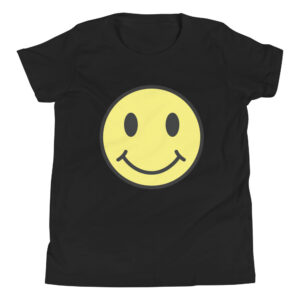The Quiet Influence of What We Wear
The connection between clothing and mental health is often overlooked, yet what we wear plays a subtle but powerful role in shaping our emotional state. Every outfit carries a mood, and the act of choosing clothes can influence confidence, focus, and even calm. When we dress in a way that feels aligned with how we want to feel, it creates a quiet sense of balance between our inner world and the image we share with others. Through simple, intentional choices—like reaching for soft textures or peaceful tones—we can use style as a form of daily self-care.
How Clothing and Mental Health Interact Daily
Clothing and mental health are closely intertwined, affecting both how we feel internally and how we project ourselves externally. The fabrics, colors, and fits we choose often mirror our mindset—relaxed, anxious, or confident—and can even shift it. A favorite sweater can comfort us during uncertainty, while structured pieces might help us feel composed when facing challenges. Each outfit tells a story about mood and self-image, often without us realizing it. Dressing with awareness transforms this simple act into something more meaningful—a way to reinforce emotional wellbeing through personal style.
The Psychology Behind Clothing and Mental Health
Psychologists describe the link between clothing and mental health through the concept of enclothed cognition, which suggests that what we wear can influence our thoughts and behavior. Clothing not only affects how others see us but also how we see ourselves. Wearing clothes associated with focus, creativity, or confidence can help us step into those mindsets more naturally. When our wardrobe choices support rather than conflict with how we wish to feel, we experience less internal resistance and more harmony. Style then becomes a quiet psychological tool—subtle, yet deeply effective.
Building a Mindful Wardrobe for Emotional Wellbeing
Creating a wardrobe that supports mental wellbeing doesn’t require excess; it requires awareness. Clothing and mental health benefit from a thoughtful approach to what we keep and wear daily. Removing pieces that carry stress or discomfort and curating items that bring ease can simplify decision-making and reduce emotional clutter. A mindful wardrobe prioritizes feeling over impressing—favoring natural fabrics, balanced colors, and timeless designs that resonate with calm. This shift away from fast, reactive dressing encourages self-respect and a deeper connection to the act of getting dressed.
Choosing Fabrics That Support Mental Health
The tactile nature of clothing affects how we experience the day, making fabric choice an essential part of mental comfort. Soft cotton, airy linen, and smooth silk can soothe the senses, while breathable textures prevent physical irritation that can heighten stress. Even subtle color choices matter—muted neutrals can promote serenity, while gentle blues or greens calm overstimulated minds. By becoming more aware of these sensory cues, we can create a visual and physical environment that supports both comfort and emotional stability.
The Confidence That Comes From Alignment
When clothing reflects authenticity, comfort, and self-assurance, it naturally enhances confidence. There’s strength in wearing what feels right rather than what trends dictate. The harmony between clothing and mental health emerges when our style choices affirm our identity rather than disguise it. Confidence, then, becomes a quiet outcome of alignment—a byproduct of wearing garments that feel emotionally truthful. When we dress in ways that honor who we are, fashion transforms from surface-level expression into a daily practice of inner balance.






